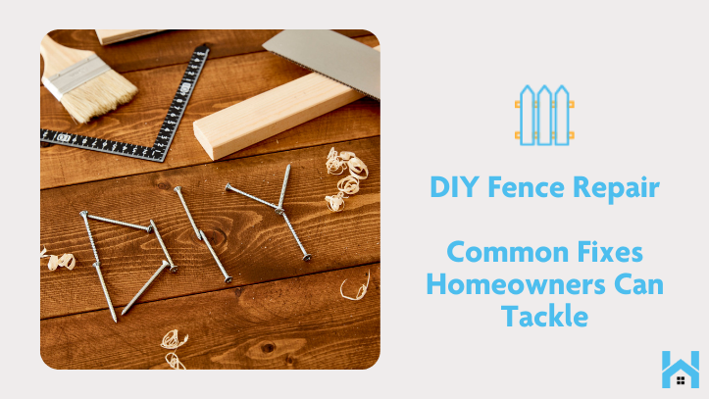Improving indoor air quality doesn’t have to be complicated—or expensive. One of the easiest ways to breathe cleaner air and boost the performance of your HVAC system is by regularly changing your air filter. This quick DIY task can help reduce allergens, improve energy efficiency, and keep your home healthier overall.
In this guide, we’ll explore the health impacts of poor indoor air, help you determine how often to replace your filter, and walk you through a step-by-step process for doing it yourself with confidence. With just a few basic tools and a little time, you can make a big difference in the air you breathe.
Why Changing Your Air Filter Matters
Swapping out a clogged or dirty air filter keeps your home’s air cleaner by trapping airborne particles like dust, pollen, mold spores, and pet dander. It also improves airflow through your HVAC system, helping it run more efficiently and potentially lowering your energy bills. More importantly, it helps protect your family from the health risks associated with indoor air pollution.
The Health Impact of Poor Indoor Air
Poor air quality can aggravate asthma, allergies, and other respiratory conditions. Indoor pollutants like VOCs (volatile organic compounds), smoke, cooking fumes, and cleaning chemicals can linger without proper filtration, putting added strain on lungs and overall wellness.
Replacing your filter on schedule ensures those pollutants are captured—rather than circulated throughout your home.
How Often Should You Replace Your Air Filter?
A good rule of thumb: check your filter monthly and replace it every 1 to 3 months depending on:
Type of filter: HEPA and carbon filters may require more frequent replacement.
Home conditions: More frequent changes are needed in homes with pets, smokers, or allergy-prone residents.
System usage: During high-use seasons (summer and winter), filters clog faster.
Creating a custom maintenance schedule based on your household’s specific needs ensures consistent air quality year-round.
Tools & Materials You’ll Need
New filter (correct size for your system)
Screwdriver (if needed to access panel)
Vacuum or damp cloth for cleaning dust
Flashlight (to inspect tight spaces)
Disposable gloves
Marker for labeling filter with install date
Step-by-Step: How to Change Your Air Filter
Turn off the HVAC system. Always start with safety.
Locate the filter. It’s usually near the air handler or furnace.
Remove the old filter. Slide it out gently to avoid spreading dust.
Clean the filter housing. Wipe out debris or vacuum the space.
Insert the new filter. Check airflow arrows and ensure a snug fit.
Turn the system back on. Breathe easy—and mark your calendar for the next change!
Final Thoughts
Regularly changing your air filter is one of the simplest ways to maintain a healthy, energy-efficient home. It's quick, affordable, and a great first step into DIY home maintenance. Make it a habit—and your lungs (and HVAC system) will thank you.



.2506100744000.png)

